Grass anatomy is interesting and it is not just a simple boring plant.
Yes, grass has flowers. Like other plants, grasses produce flowers as part of their reproductive process, especially in the spring. However, these flowers are referred to as florets and do not look like the flowers you would see in the bouquet.
In this blog post, we will explore the different types of flowering grasses, learn about their colors and pollination process, and discover how to manage flowers in your lawn.
What we cover
ToggleShort Summary
- Grass flowering is a subtle and often overlooked phenomenon that involves the production of inconspicuous flowers for reproduction.
- Various types of grasses, both common lawn and ornamental varieties, can produce unique inflorescences with their floral characteristics.
- Proper mowing, fertilization, and watering practices are essential to manage flowering in your lawn for healthy growth and beautiful gardens.
Grass Flowering: A Hidden Phenomenon
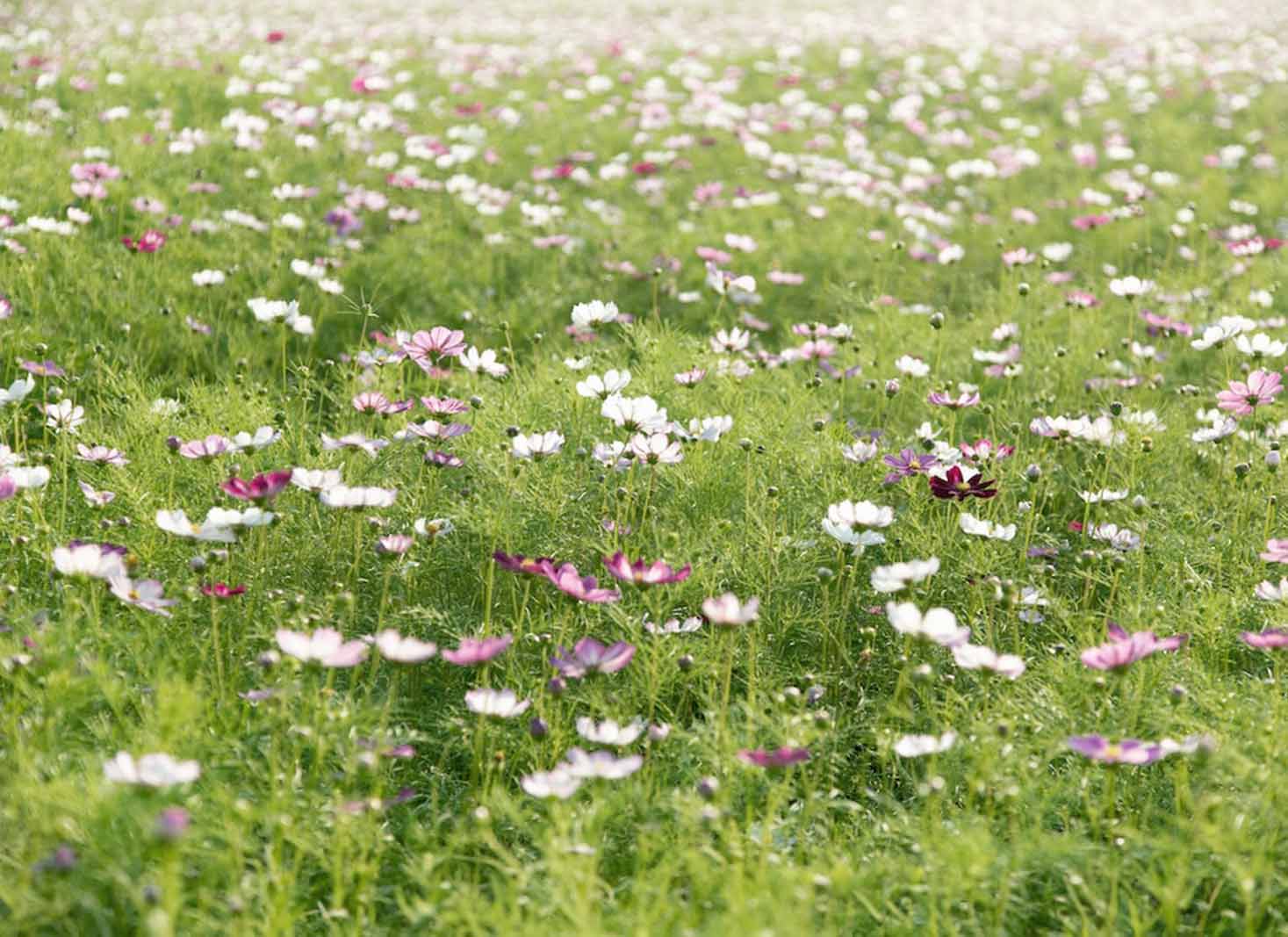
Grass flowering refers to the process of grasses producing flowers, also known as florets, for reproduction and seed formation. Understanding this hidden phenomenon can help you appreciate the beauty and complexity of grass species and their role in the ecosystem.
Grasses flower at different times of the year, with some species blooming in early to late spring, while others, including most grains, flower in late summer or early fall.
Grass Inflorescence
Grass inflorescence is the flowering structure of grasses, composed of a stem serving as the main axis and spikelets as the lateral branches. Environmental factors such as nutrients and water uptake, blade growth, and energy creation affect grass inflorescence growth and flower production.
Grass inflorescence is pollinated by the wind, with its floral organs, such as the anthers and stigmas, adapted to capture and disperse the pollen. This adaptation allows grasses to reproduce efficiently without relying on insects or other pollinators.
Types of Grass Inflorescence
Grass inflorescence can be classified into four distinct types:
- A Spike
- A Raceme
- A Panikle
- A Corymb
Each of these types has a unique arrangement of spikelets, which hold the grass florets, and contribute to the overall appearance and function of the inflorescence.
Seed Heads Formation
Seed heads are formed in response to long-day conditions and moderately cool temperatures. This adaptation ensures that the grass species can produce viable seeds under favorable environmental conditions.
The formation of seed heads is a process that demonstrates the relationship between grass growth and reproduction.
Types of Flowering Grasses
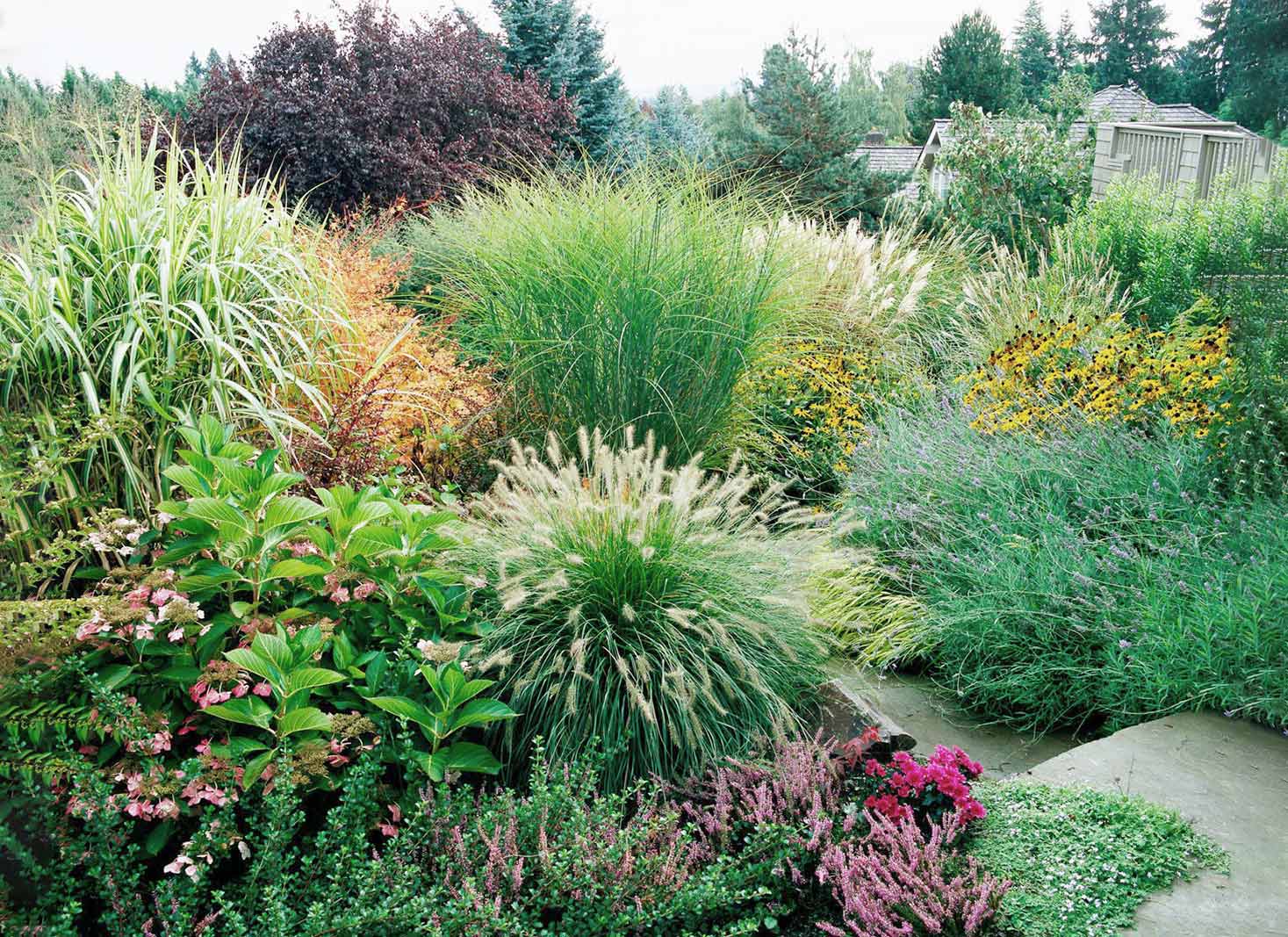
Both common lawn types of grass, such as Kentucky Bluegrass and Poa annua, and ornamental grasses like Feather Reed Grass and Fountain Grass, produce flowers. These grasses showcase the incredible diversity of flowering grass species, each with its unique inflorescences and floral characteristics.
In the following sections, I will explain to you the flowering patterns of both common lawn grasses and ornamental grasses.
Common Lawn Grasses
Lawn grasses like Kentucky bluegrass and Poa Annua are known for their ability to produce flowers. The flowers of Kentucky Bluegrass are notably denser and point upwards, while Poa Annua flowers are less dense and point outwards. This difference in flower appearance also plays a role in the reproductive strategies of these grass species.
Understanding the flowering patterns of common lawn grasses can help you maintain a healthy and visually appealing lawn. By recognizing when these grasses flower and how their flowers look, you can make proper decisions about mowing height, frequency, and other lawn maintenance practices.
Ornamental Grasses
Ornamental grasses have unique flowering characteristics and come in various forms, including annuals, perennials, and native species. Popular ornamental grasses that produce flowers include Maiden Grass, Feather Reed Grass, and Fountain Grass.
To maintain the appearance and health of these grasses, it is suggested to cut them back in the fall or early spring, depending on the type.
What Colour are grass flowers?
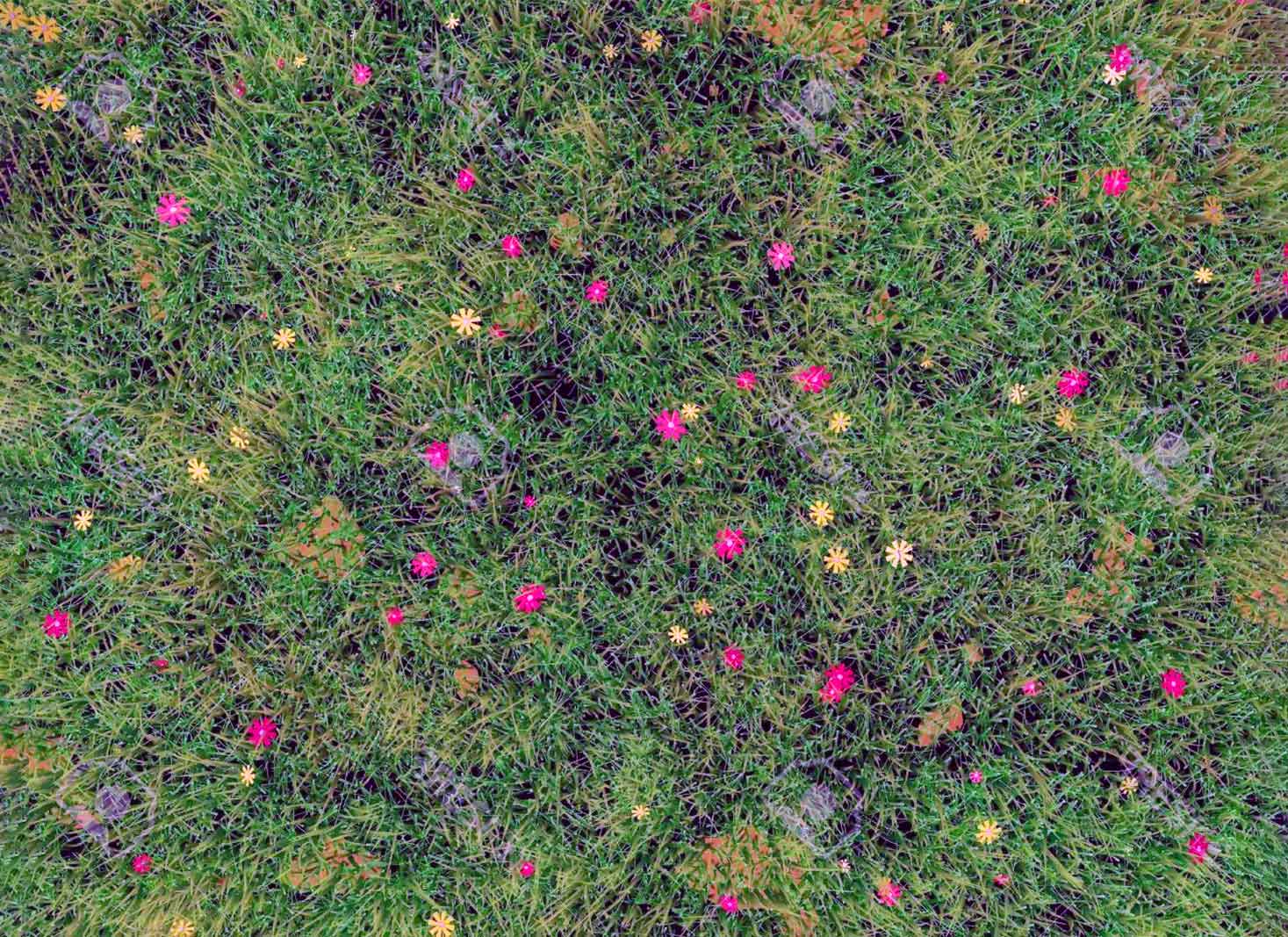
Most grass flowers are typically green, as they do not have petals and their bracts are almost always green, but they can be found also in white, yellow, and purple colors. The lack of bright colors is a result of grasses relying on wind pollination, which does not require the attraction of insects or other pollinators.
The Pollination Process of Grass Flowers
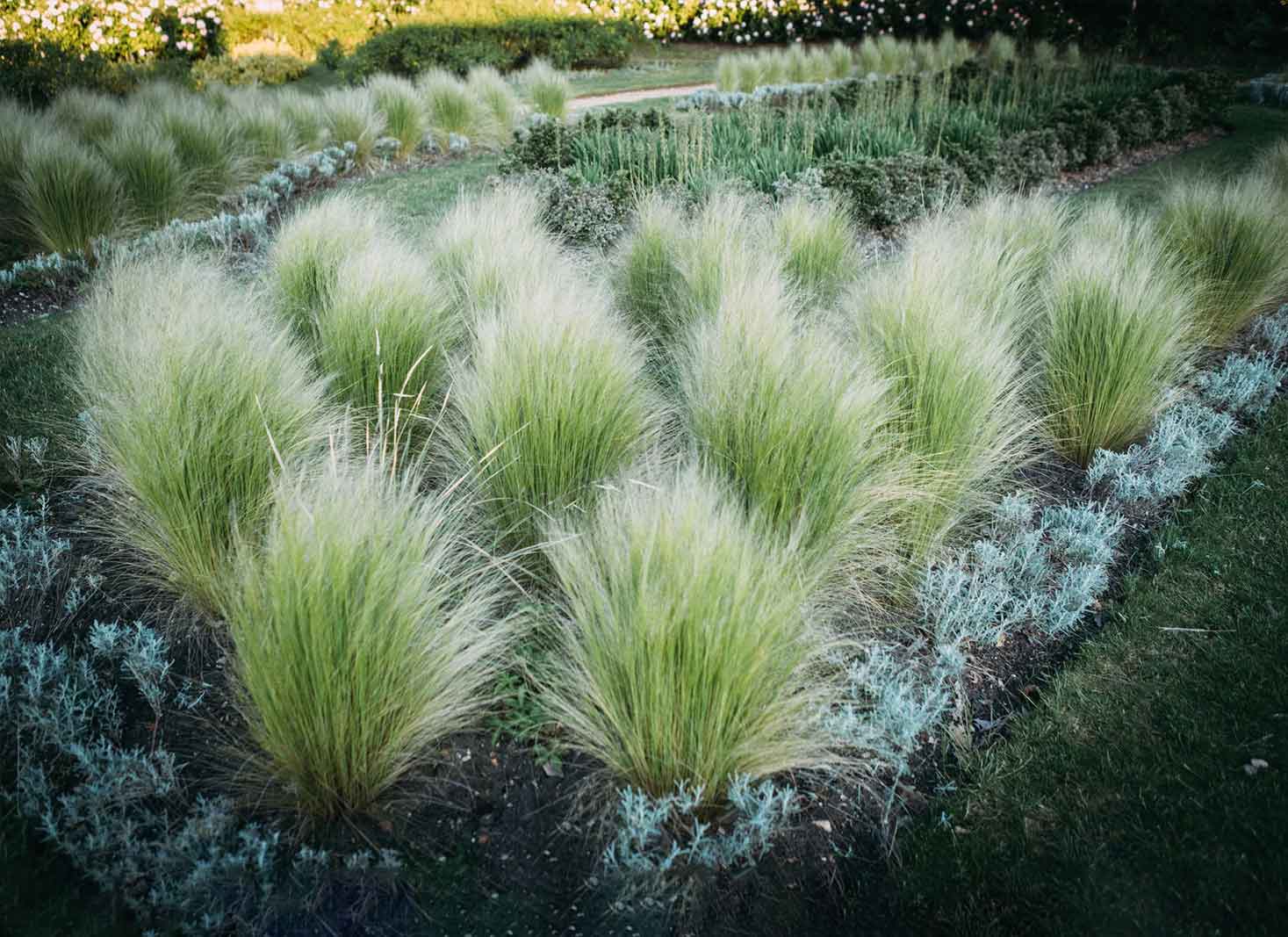
Wind pollination is the main method of pollination for grass flowers, with male reproductive organs releasing pollen into the wind to make contact with the stigma of another grass plant. This process is highly efficient and ensures the successful reproduction of grass species.
Let’s delve deeper into the wind pollination process and examine the various grass floral organs involved in pollination.
Wind Pollination
Wind pollination refers to the process of pollen being dispersed by air currents from one individual plant to another. According to U.S. Forest Service around 12% of the world’s flowering plants are wind-pollinated.
Wind pollination is a highly efficient method, as it does not require the presence of insects or other pollinators. The grass flowers can reproduce effectively even in environments with few or no pollinators.
Wind pollinated flowers characteristics
These flowers have the following characteristics:
- Without bright colors, special odors, or nectar;
- Small without petals;
- With a large amount of pollen;
- Smooth pollen that is light and easily airborne;
Grass Floral Organs
Grass floral organs comprise lodicules, stamens, and an ovary containing one ovule. It is believed that the lodicules are the vestigial remnants of the perianth, which is a protective structure found in other flowering plants. The lodicules play a crucial role in pollination by opening the floret, allowing the anthers to release pollen into the wind.
The male reproductive organs of grass flowers, the anthers, and stamens, are responsible for producing and dispersing pollen into the air. The wind carries the pollen to the stigma of another grass plant, facilitating pollination and the creation of new seeds.
Grass Seeds
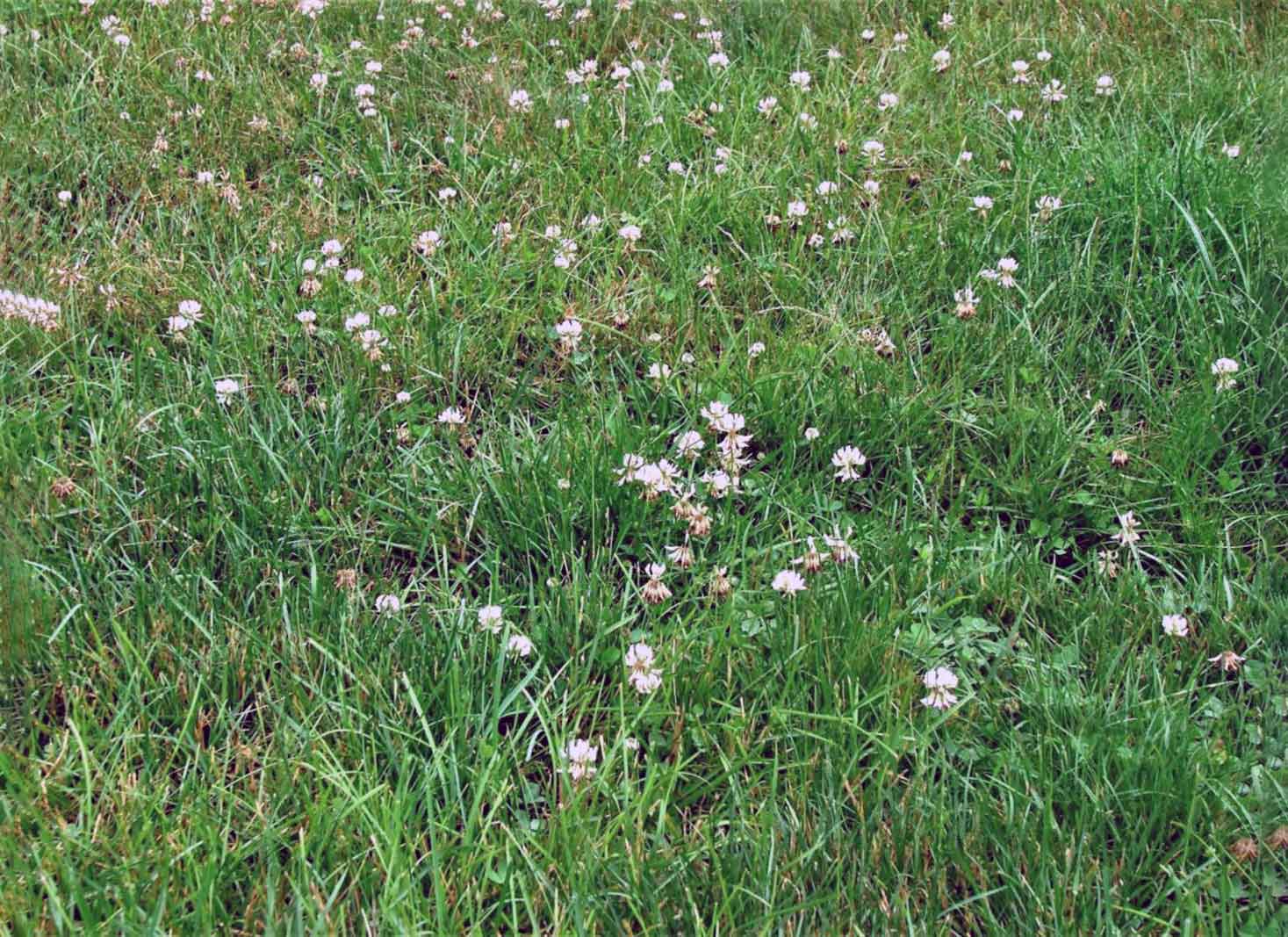
Grass seeds play a crucial role in the pollination process as they supply the essential nutrients and water for the grass to develop and produce flowers. Wind pollination enables grass seeds to be dispersed over long distances, increasing the chances of successful reproduction and the continuation of the species.
By recognizing the importance of grass seeds and their role in pollination, you can make informed decisions about lawn maintenance and landscaping practices that support the health and diversity of grass species in your garden.
Grass Growth and Flower Production
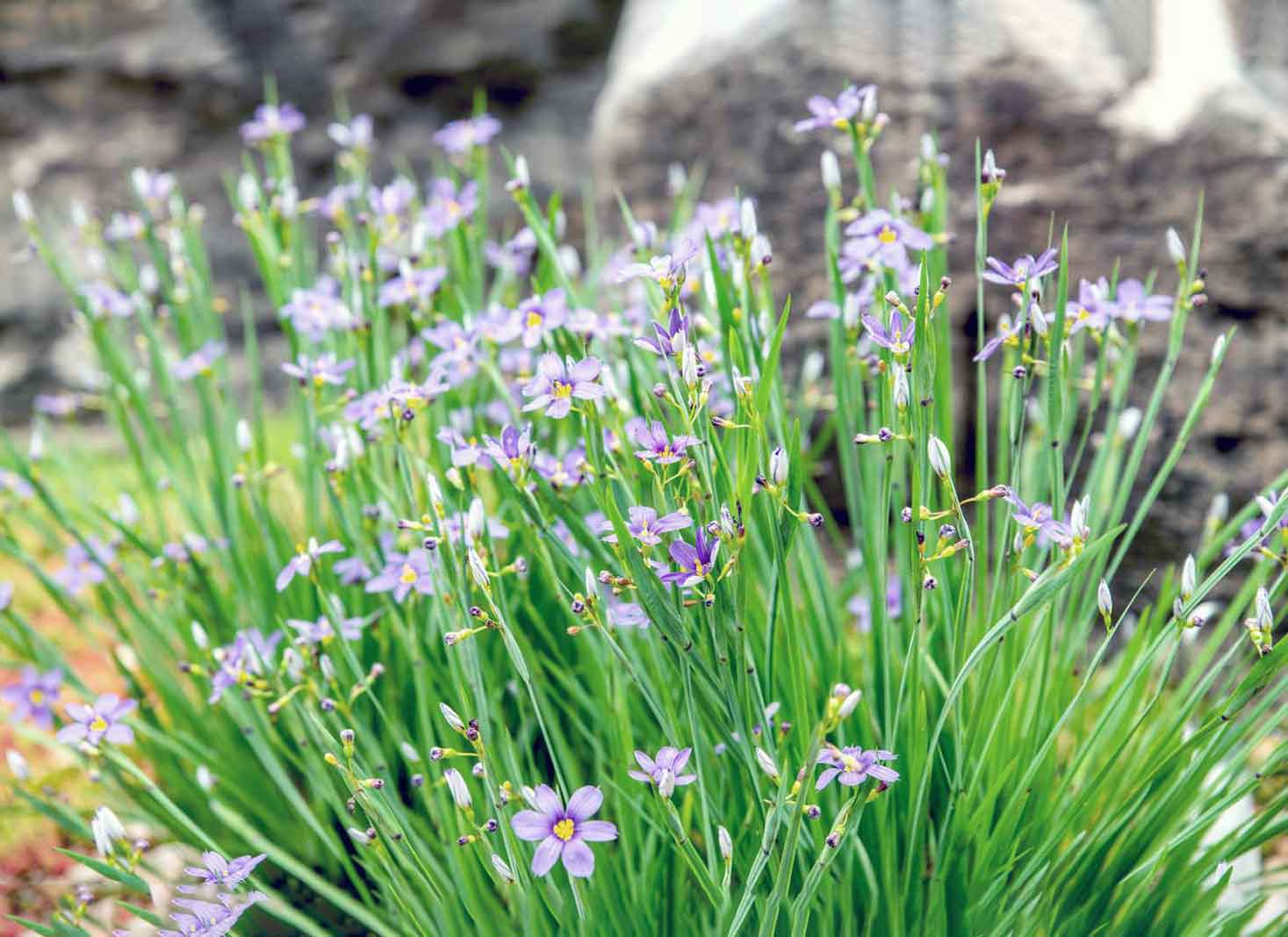
The growth and flowering of grasses are interconnected processes, with nutrient and water uptake by the roots leading to blade growth and energy creation, which in turn can lead to flowering if the grass is allowed to reach maturation.
Nutrient and Water Uptake
This process allowed plants to absorb the necessary nutrients and water from the soil through their roots. The absorbed nutrients and water are essential for plants to support their growth, development, and reproduction, including the production of flowers.
The efficiency of nutrient and water uptake can have a significant impact on grass growth and flowering. By understanding the mechanisms of nutrient and water uptake you can make informed decisions about lawn maintenance practices, such as fertilization and watering, that support the health and diversity of grass species in your garden.
Blade Growth and Energy Creation
The blades of grass play a crucial role in the health and growth of the plant, as they facilitate the absorption of nutrients and are packed with chlorophyll, which captures sunlight to facilitate photosynthesis and generate energy for the plant’s growth.
Blade growth in grass refers to the growth of the long, narrow leaves of the grass plant, which are technically classified as grass leaves.
Managing Flowering on Your Lawn
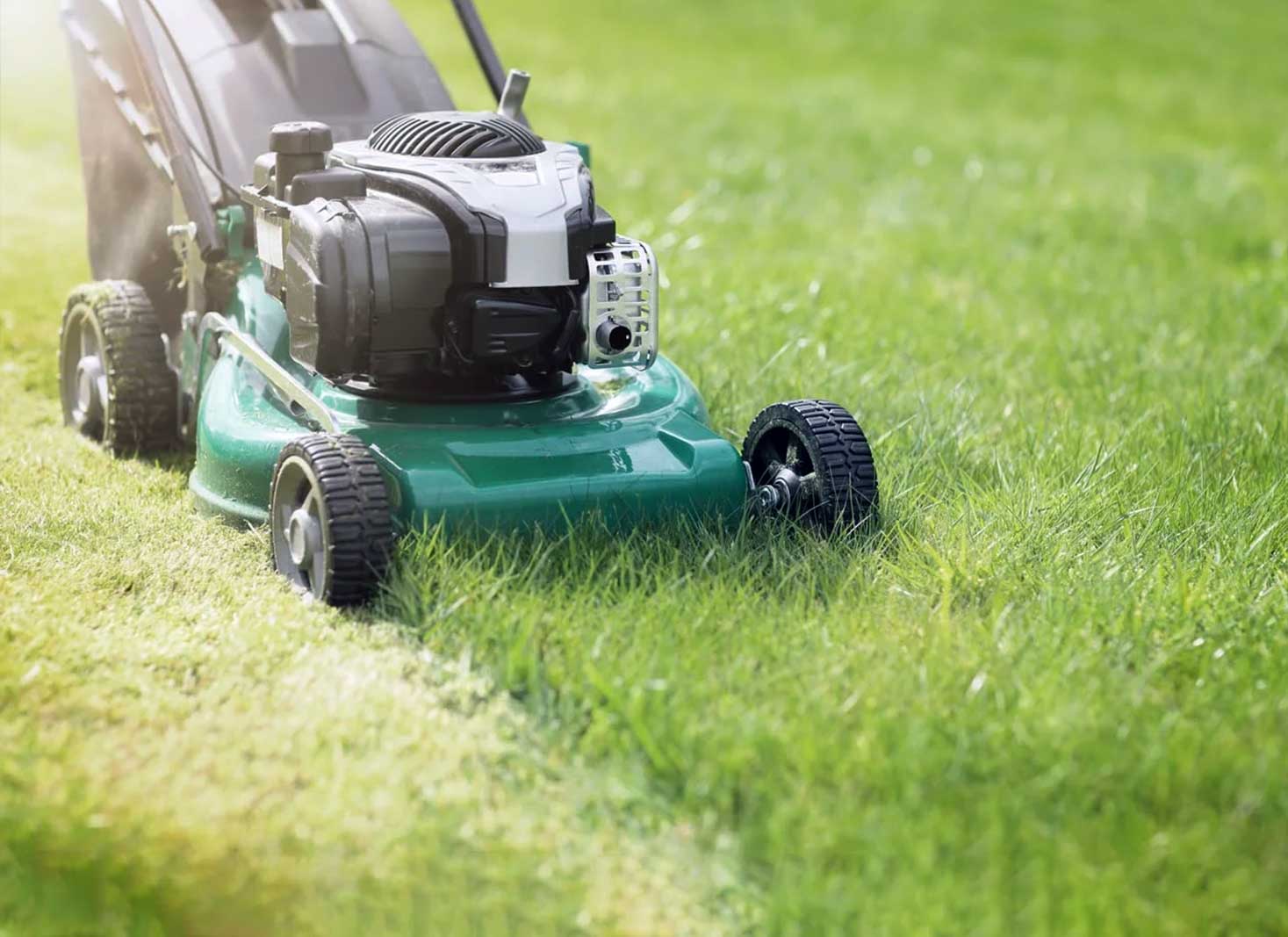
Managing flowering in your lawn is an important aspect of lawn maintenance, as it can impact the health, appearance, and biodiversity of your garden. By adjusting mowing height and frequency, fertilization, and watering practices, you can promote healthy grass growth and control the production of flowers in your lawn.
In the following sections, we will explore these practices in more detail and provide practical tips for managing flowering in your lawn.
Mowing Height and Frequency
The height and frequency at which you mow your lawn can have a direct effect on flowering. Higher mowing heights and infrequent mowing can allow flowering plants to bloom, providing bees and other pollinators with the necessary nectar and pollen to sustain themselves.
To ensure a healthy lawn, it is recommended to keep your grass at a minimum mowing height of 2.5 to 3 inches. By maintaining an appropriate mowing height and mowing frequency, you can effectively manage the production of flowers in your lawn, promoting a healthy and visually appealing landscape.
Fertilization and Watering
Fertilization and watering are essential practices for maintaining a healthy and vibrant lawn. Fertilization provides the necessary nutrients for plant growth, including the generation of flowers. On the other hand, watering ensures that the plants have sufficient moisture to perform their biological processes, including flowering.
By implementing proper fertilization and watering practices, you can encourage healthy grass growth, thus diminishing the amount of flowering in your lawn.
FAQ's
Grass flowers are a complex entity made up of many components, including ovaries, stigmas, stamens, anthers, and filaments.
These individual parts make up a fascinating and unique flower that can easily be identified in the grass family.
Yes, grasses can produce flowers and fruits. Even though these flowers don’t look like the traditional blooms we see with other plants, they are important for reproduction purposes and can bring beauty to your landscape when in season.
The type of flower and the shape of its seeds will depend on the species of grass you have planted.
Surprising to some, grass does flower. Common varieties of yard grass can produce flowers in the spring, resulting in a lawn of white and green hues.
These flowers generate seeds for the following generation of grass plants. So yes, grass does flower!
No, grass flowers do not have petals. They possess a reduced form of flower which is arranged in special inflorescence units called spikelets and florets, without petals or sepals like most eudicot flowers.
Grasses are wind-pollinated, so they don’t require the energy to develop a showy flower to attract pollinators.
Grass seeds originate from the blossoms of grass plants, which produce flowers once the grass has sufficient foliage. Once pollinated, the flowers turn to seed heads, releasing the mature seeds into the surrounding environment.
